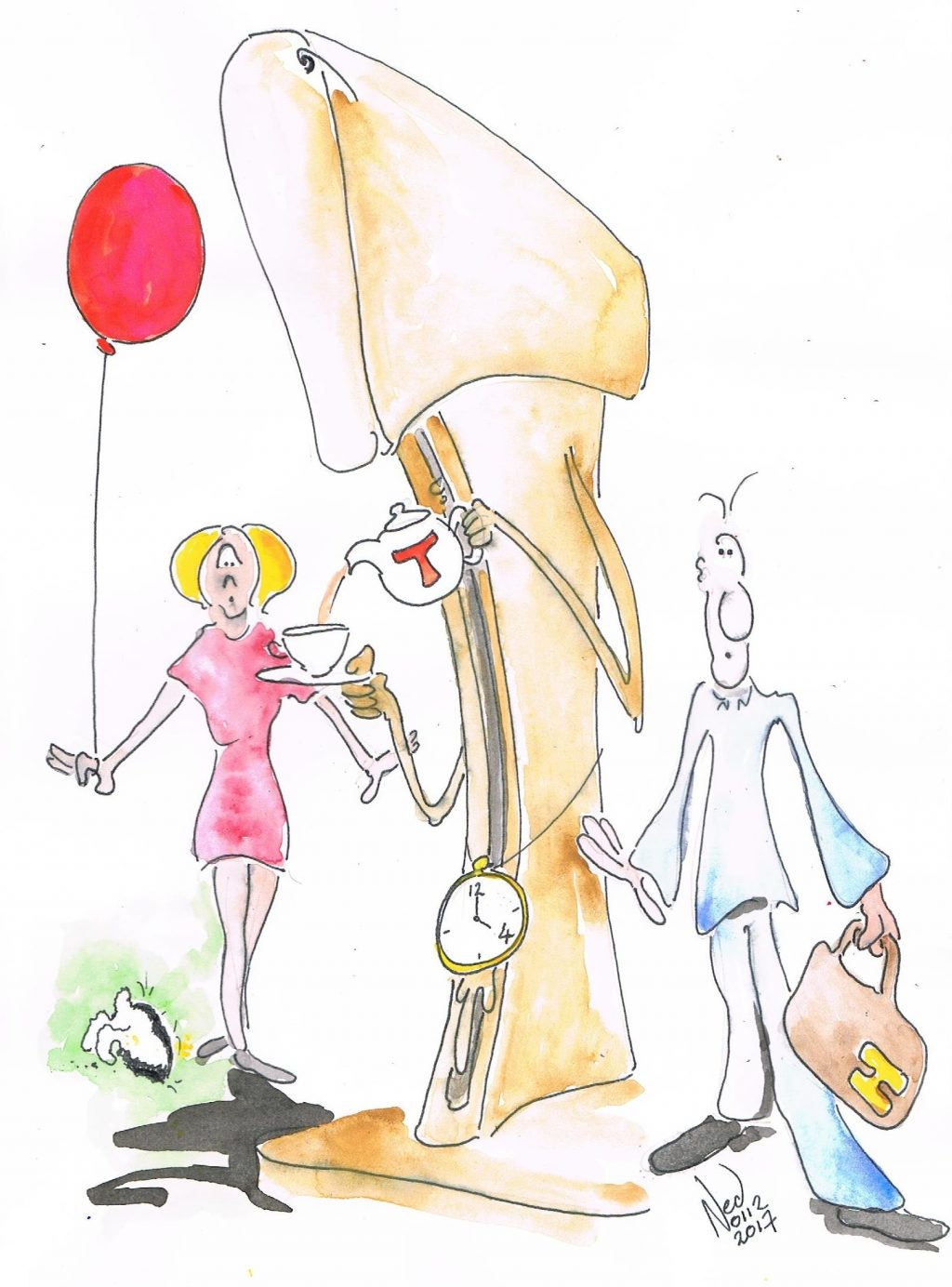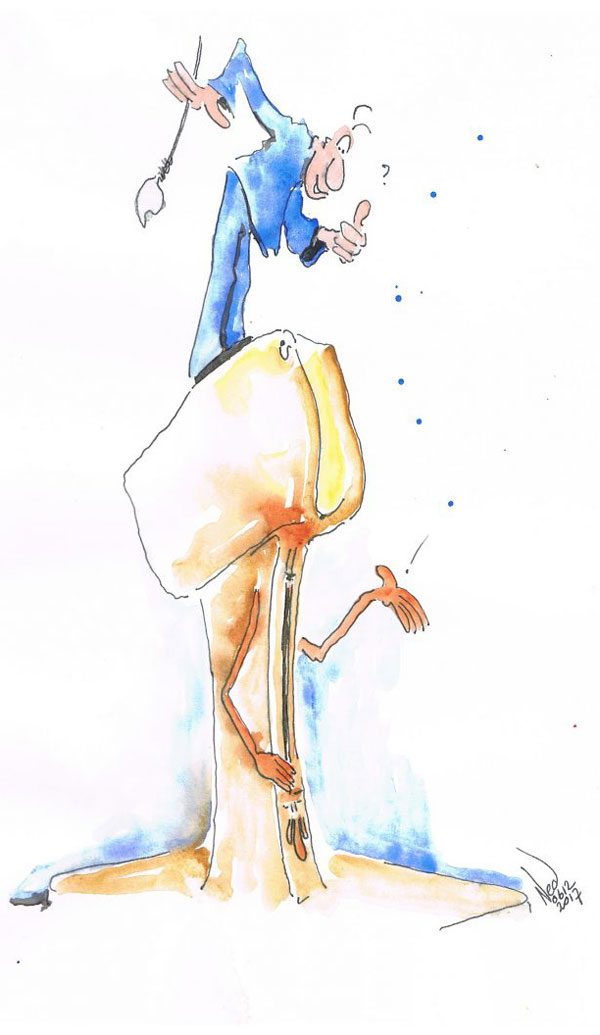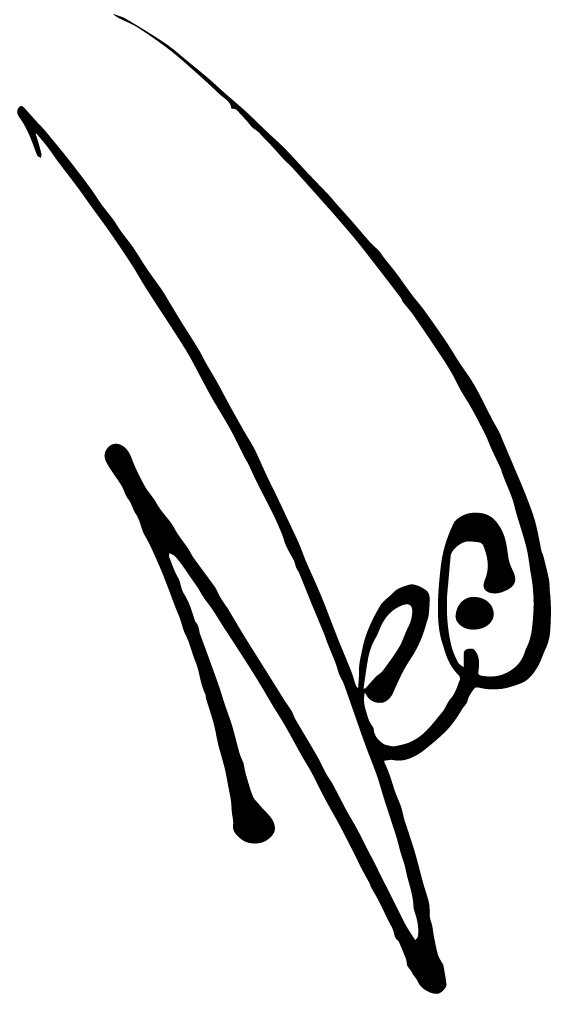When investigating subjects that may not provide a clear answer or conclusion, we sometimes refer to rabbit holes. Rabbit holes can be my new phrase for when and if it’s required. Rabbit holes or bunny holes will do.
Rabbit holes and time for T!
“It must be 4 ‘o’clock because I’m pouring 4 ‘o’ clock T, ” said T.
“That line doesn’t work in Turkish,” Ayşe observed, apparently oblivious to a 11,600 year old lump of talking stone as she focused on international grammatical technicality.
“What, T for two and 2 4 T?” asked T.
“Yes, that kind of phonetic,” confirmed Ayşa, “the Turks say çay which sounds like ‘ch-eye’ and not ‘tee’ or ‘tea’ or ‘T’ even.”
“Oh well, the Turks can make up their own lines; same pictures, different script. Problem yok!” said Arther, also apparently unconcerned a T shaped lump of stone had entered the conversation.
“Doesn’t work in Turkish?!” The circumstance suddenly dawned upon Ayşe, “What about a talking, English speaking talking, T shape lump of stone? How does that work?”
“Ah, that’s because your infinity bubble has tuned-in to resonate with our frequency. We can speak. Things do speak, well communicate might be a more apt term. Just because humans are unaware does not mean there is not a wide frequency of communication between trees, rocks, frogs, fish, birds, bees… most everything really.”
Rabbit holes. Yep, this is definitely a rabbit hole moment. This is Göbeklitepe.
p.051


